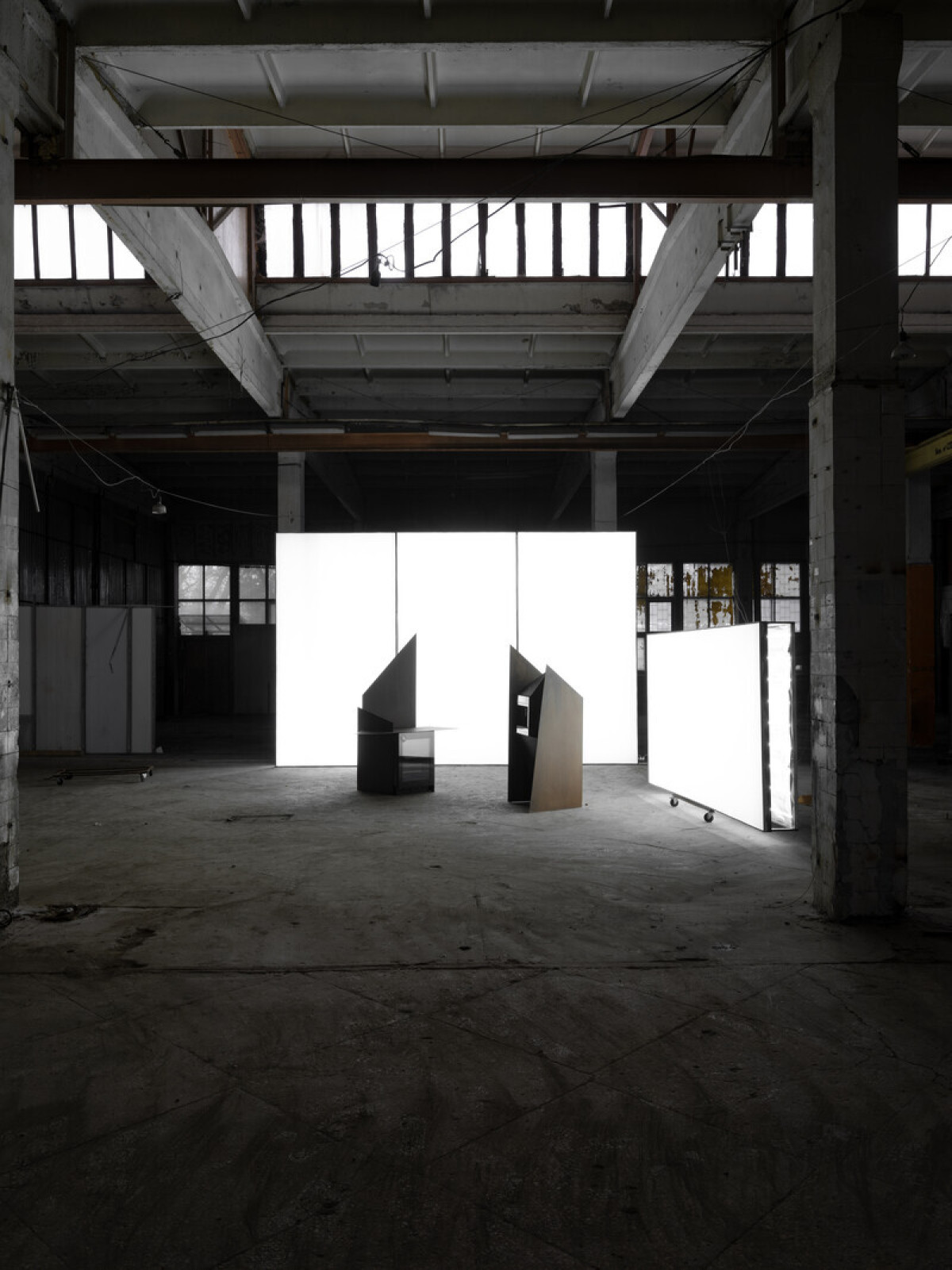15 Apr 2025

Sculptural elements created by the architect Maxim Kashin are a way to rethink the ideology of the avant-garde of the early 20th century, particularly the supremacist paintings of Kazemir Malevich.
"I transform ideas that have been tied to a plane for many years and bring them to life in three-dimensional space," explains Maxim Kashin. "I show the viewer a new perspective on the world around us, on familiar objects through the lens of the geometry of space."
Each of us wonders about what lies beyond the visible horizon, in the depths of the endless cosmos and what infinity truly is. The ideology of suprematism describes this through a geometry that is unfamiliar to the natural world around us, using dynamics created by lines and pure monochrome colours, showing us that familiar material images have nothing to do with the true essence of the universe. The exterior of an object is like a shell that conceals its true essence, and the artist's role is to uncover this inner core and present it to the viewer. Therefore, Kashin wants to depict what infinity looks like by breaking through the outer shell and revealing the essence of infinity through the geometry of volumes.
The white colour flooding out the installation's canvases, similar to the white colour of suprematism, represents infinite space itself. Geometric objects, like primary elements in a world of non-objects, appear as sculptural reflections of infinity and offer the viewer the opportunity to behold infinity through three-dimensional, tangible geometry.
The ideology of pure geometry, with its over 100-year history of development in the ideas of the Russian avant-garde, is still relevant today. The noble patina of rust emphasises this ideology, which continues to hold relevance even a century later. ASKO technology, in turn, demonstrates its relevance for today and for many years to come.